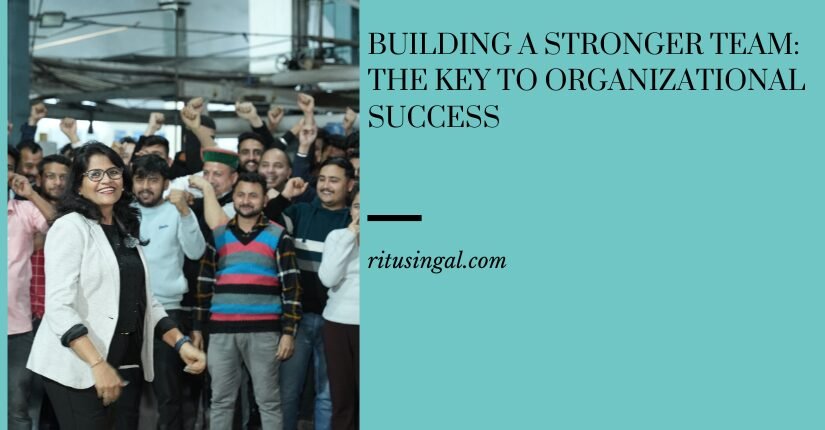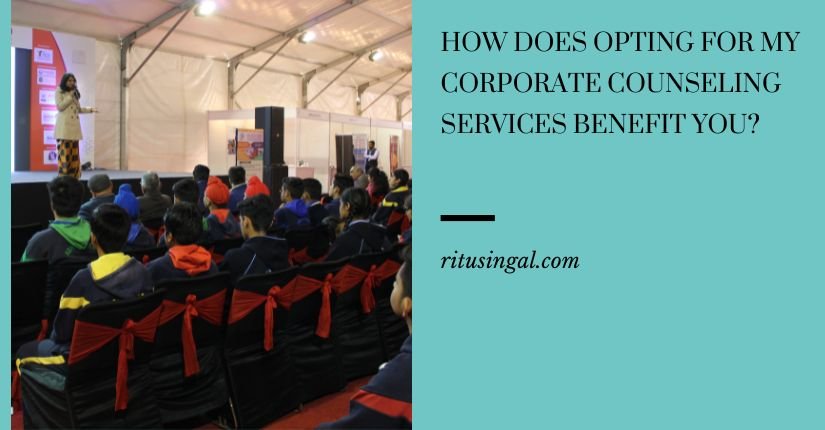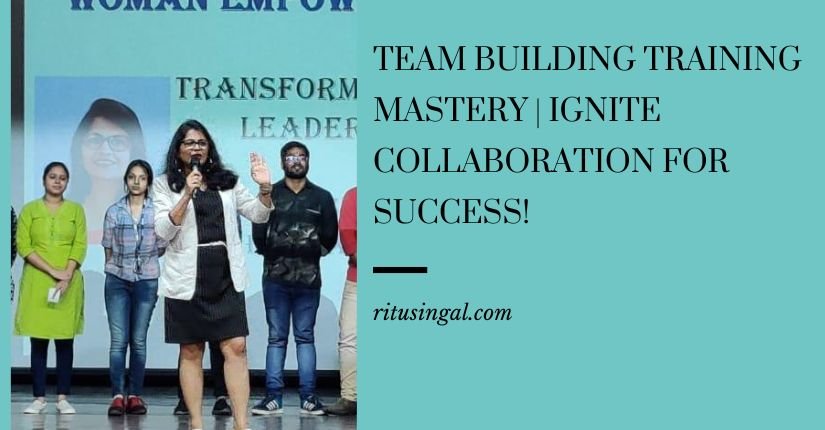While reflecting on the memories captured in my old photo albums, I stumbled upon a special moment when I received the Women Entrepreneur of the Year Award. This photo brought back a flood of emotions and reminded me of the importance of teamwork in achieving business success.
During a post-award interview, I was asked about the key to my success, and without hesitation, I replied that it is human resources. I emphasized that this award belonged to my entire team, as their hard work and contributions were instrumental in our achievement.
As we continued talking, we went deeper into the subject of team building and the difficulties that businesses commonly encounter in this area. Insecurities, jealousy, selfishness, arrogance, and a lack of belonging can often hinder effective teamwork and lead to employees seeking opportunities elsewhere.
However, in today’s progressive world, businesses are understanding the significance of investing in corporate employee training to help their workforce develop essential skills.
Corporate employee training involves various learning activities such as life coach sessions, team building programs, and counseling sessions. These programs aim to create a motivated and skilled team of employees who can excel in their roles.
To effectively change the workforce through strategic employee training programs, it is important to know your goals and how to accomplish them. This includes evaluating areas of professional development and team building.
MUST WATCH
Different types of Corporate Employee training programs:
- Life Coach Sessions: These sessions help employees explore their individual strengths and weaknesses. Employees can identify their career goals and find ways to achieve them. Life coach sessions also boost employees’ confidence and enhance their decision-making abilities regarding their future career paths.
- Team Building Training: These programs focus on improving communication among colleagues within a team. Their aim is to help people improve their problem-solving abilities, develop understanding and trust among each other, and promote teamwork towards shared objectives. Team building activities foster stronger bonds between coworkers, leading to increased productivity. Moreover, corporate employee training allows for a seamless integration between the Boomers and Gen-Z generations.
- Counseling Sessions: These sessions provide valuable support and resources for employees facing personal challenges or work-related issues that affect their performance. Counseling helps employees effectively manage stress and cope with difficult situations they encounter regularly. It plays an important role in creating a successful and productive work environment.
Tech- Revamped Employee Training
Technology has played a significant role in modernizing corporate employee training. The emergence of e-learning platforms and online coaches has revolutionized the way companies train their employees, making it more efficient, flexible, and accessible. E-learning platforms provide employees with convenient access to training materials anytime and anywhere.
Digital tools enable employees to engage in interactive and multimedia-rich courses, enhancing their learning experience. These platforms offer a wide range of training content, catering to different learning styles and preferences.
Moreover, technology-driven training provides valuable insights to employers as well. E-learning platforms often come with analytics features that track employee progress, performance, and engagement. This data helps organizations identify knowledge gaps, evaluate training effectiveness, and make informed decisions for improvement.
Training Evaluation Metrics
Evaluating the effectiveness of corporate employee training initiatives is essential to determine whether desired outcomes are achieved. Some important metrics and evaluation methods to consider include:
– Employee Performance: Compare pre-training and post-training performance data to assess if employees have acquired new skills and knowledge contributing to improved job performance.
– Training Completion Rates: Monitor the percentage of employees who complete the training program to identify areas for improvement and adjust training strategies.
– Employee Feedback and Surveys: Gather feedback from employees who participated in the training program to assess satisfaction, relevance, and perceived effectiveness. This qualitative data provides insights for future training initiatives.
– Knowledge Tests and Assessments: Administer pre-training and post-training assessments to measure knowledge gain among employees and evaluate training effectiveness.
– Return on Investment (ROI): Calculate the ROI of training initiatives by comparing costs with benefits gained. This analysis quantifies the value added by the training program.
– Supervisor Observation and Feedback: Engage supervisors or managers in evaluating the impact of training on their teams, including changes in employee behavior, application of new skills, and overall performance improvement.
– Business Impact Metrics: Connect training initiatives to broader business impact metrics such as customer satisfaction ratings or sales figures to establish a direct correlation between training outcomes and organizational success.
By combining these metrics and evaluation methods, organizations can assess the effectiveness of their corporate employee training initiatives and make data-driven decisions for improvement.
Inspiring Continuous Learning
By implementing these practices, organizations can create a culture of lifelong learning that enhances employee skills, fosters innovation, engagement, and drives growth.
Furthermore, Google’s Project “Aristotle” demonstrated that the most successful teams are those in which all members have opportunities to voice their opinions and are actively listened to with equal respect. It also highlighted the importance of team members supporting one another by noticing when someone may be experiencing difficulties, and offering assistance without hesitation.
Conclusion
Strategic corporate employee training is vital for business success. By investing in training programs like life coach sessions, team building training, and counseling sessions, businesses can transform their workforce into a productive and engaged unit. Utilizing technology, evaluating training effectiveness, and promoting a culture of continuous learning further enhance corporate employee training initiatives and contribute to long-term success.”








































































































